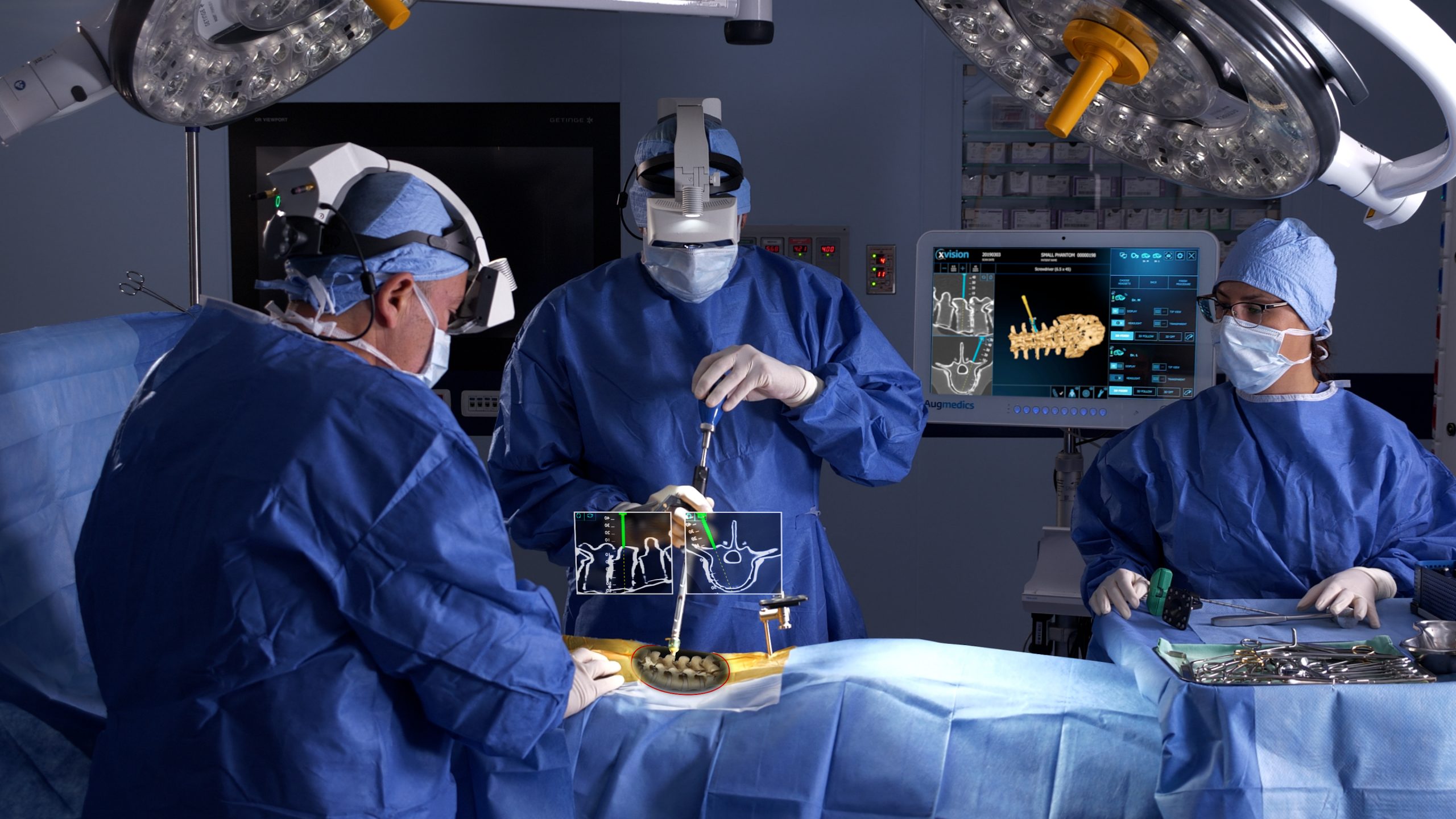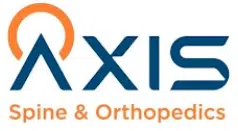Typical Treatments Done by the Best Spine Surgeons in St Louis MO
Typical Treatments Done by the Best Spine Surgeons in St Louis MO
Blog Article
A Review of Spinal Column Conditions That Often Cause Surgical Treatments
Spine problems such as herniated discs, back constriction, and degenerative disc condition often demand medical treatments when traditional therapies fall short to minimize relentless signs and symptoms. Understanding the subtleties of each condition and the matching surgical options, such as discectomy or back blend, is crucial for reliable administration.
Herniated Discs
Although several individuals with herniated discs might discover alleviation with conservative therapies, surgical treatment becomes an essential consideration when signs and symptoms linger or intensify - best spine surgeons in st louis mo. A herniated disc takes place when the soft inner gel of a back disc protrudes via its outer layer, possibly pressing close-by nerves and leading to discomfort, tingling, or weak point in the extremities
Conventional monitoring normally includes physical treatment, pain medicines, and corticosteroid injections, which intend to reduce swelling and improve feature. However, in instances where these techniques fail to minimize debilitating signs and symptoms, medical choices may be checked out.
One of the most typical procedure for herniated discs is a discectomy, which entails the elimination of the herniated portion of the disc to soothe pressure on the affected nerve origin. In more serious instances, back blend might be necessary to support the impacted vertebrae.
People are suggested to go over the potential dangers and advantages of surgical treatment with their doctor to make an educated choice. Eventually, the objective of any type of medical treatment is to bring back function, ease discomfort, and enhance total top quality of life for people enduring from herniated discs.
Back Constriction
Back constriction occurs when the spaces within the spinal column narrow, causing boosted pressure on the spine and nerves. This condition can create in numerous areas of the spine, including the back and cervical locations, often because of age-related modifications, such as degenerative disc illness, joint inflammation, or enlarging of tendons.
People with back constriction might present with symptoms that include pain, tingling, tingling, or weakness, mainly in the arms or legs. These signs and symptoms can be intensified by activities that include standing or walking, commonly leading individuals to look for alleviation through conventional treatments like physical treatment, medications, or epidural steroid shots.
However, when these non-surgical interventions fall short to offer adequate relief, surgical options might be taken into consideration. Common surgeries for spine stenosis consist of laminectomy, which involves the elimination of part of the vertebra to alleviate pressure, and back combination, which maintains the afflicted area. The decision to seek surgical procedure is usually based on the intensity of symptoms, the level of useful impairment, and the total health of the person. Trigger diagnosis and monitoring are vital to stop further neurological compromise and improve lifestyle.
Spondylolisthesis
Spondylolisthesis happens when one vertebra slides forward over another, causing imbalance of the spine. This condition can arise from numerous elements, consisting of genetic defects, trauma, or degenerative adjustments in the spinal column. It is most frequently observed in the lumbar area, particularly at the L4-L5 and L5-S1 levels.

Treatment choices vary based on the extent of the slippage and the symptoms offered. Traditional actions, consisting of physical therapy, pain administration, and activity adjustment, are commonly the initial line of defense. When non-surgical techniques fall short to alleviate signs or when significant nerve compression is present, surgical intervention might be called for. Surgical options can include spinal fusion or decompression treatments, intended at recovering positioning and easing neurological signs and symptoms. Early diagnosis and ideal administration are crucial for ideal outcomes in individuals with spondylolisthesis.
Degenerative Disc Illness

Patients with DDD often experience discomfort that might radiate to the arms or legs, depending on the impacted region of the spinal column. The problem can be detected via a combination of scientific evaluation, imaging studies, and client history. Therapy choices generally begin with traditional procedures, consisting of physical therapy, pain administration, and way of life modifications. When these methods fail to provide adequate visit this site relief, medical treatments might be considered.
Surgical options for DDD may include back combination or man-made disc substitute, focused on maintaining the influenced segment and reducing discomfort (best spine surgeons in st louis mo). Ultimately, the option of therapy is individualized, considering the seriousness of check my reference the problem, individual wellness, and lifestyle aspects
Spine Tumors

Spine growths can emerge from numerous elements, including genetic predisposition, environmental impacts, and pre-existing medical conditions. Clients might provide with a range of symptoms, including local discomfort, neurological shortages, weakness, or adjustments in digestive tract and bladder feature, depending on the growth's dimension and area.
Surgical treatment may be required to relieve signs, obtain a biopsy, or remove the lump completely. The objective of surgical treatment is typically to decompress neural aspects and maintain the spinal column. Early detection and intervention are crucial for enhancing end results in individuals with spine growths.
Conclusion
In summary, spinal column conditions such as herniated discs, spinal stenosis, spondylolisthesis, degenerative disc illness, and back lumps regularly require medical treatment due to their prospective to cause considerable pain and functional disability. While conservative treatments might offer momentary relief, medical alternatives end up being essential when signs and symptoms get worse or continue. Timely medical diagnosis and intervention play a vital role in recovering function and boosting the lifestyle for damaged individuals, underscoring the importance of detailed spinal treatment.

Report this page